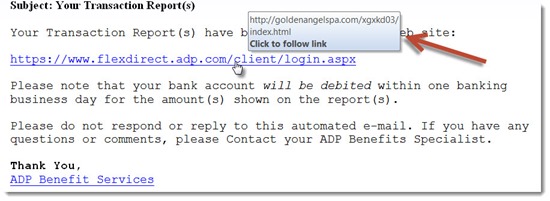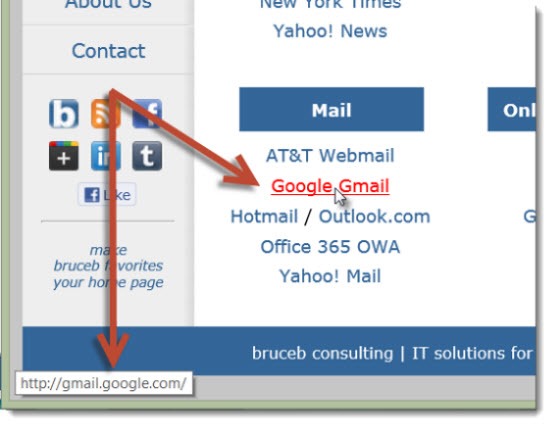Here’s a simple tip that might help you avoid an encounter with the bad guys trying to break into your computer.
There has been a sharp increase in the number of malicious email messages with links that lead to poisoned web sites. The messages might appear to be from Microsoft, from a bank, from UPS, from the IRS, or from your neighbor. None of that matters. Their only purpose is to get you to lower your guard and click on a link to a poisoned web site that will try to install malware on your computer.
The bad guys are getting better at spelling and grammar and it has become commonplace for them to format their messages to resemble a legitimate message from a legitimate sender. The links will look normal.
The Rules For Computer Safety are unambiguous: Don’t click on links to web sites unless you know exactly where you’re going. If you have any question in your mind about the legitimacy of a message, just don’t click.
If you’re not sure (and I don’t blame you, the messages can look very convincing), here’s one way to avoid a trap.
When you hover over a link in Outlook or Internet Explorer, a small window pops up to show you where the link really goes. If the real link doesn’t match the sender or doesn’t match what you expect, assume it is poisoned and don’t click it.
When you hover over a link in an email message in Outlook, the destination pops up over your mouse cursor. Here’s an example of a malware message with a link that does not match the text of the link in the message – a sure sign of malware.
When you hover over a link on a web page in Internet Explorer or Chrome, the destination pops up in the lower left corner of the window. Here’s an example of a link that leads where you expect.
It’s trivially easy to create links that lead somewhere unexpected. Hover over this link and you’ll see that it leads somewhere different than it appears:
(It’s safe to click on it. Remember, click freely on trusted web sites. Don’t let paranoia take all the fun out of your online life.)
Help me reduce my workload – take the time to check where you’re going before you click. Be careful out there!





[…] Over link in anywhere is used to show them their appearance. The address that appears for a link may harm your system. so, usually do not click on the link […]